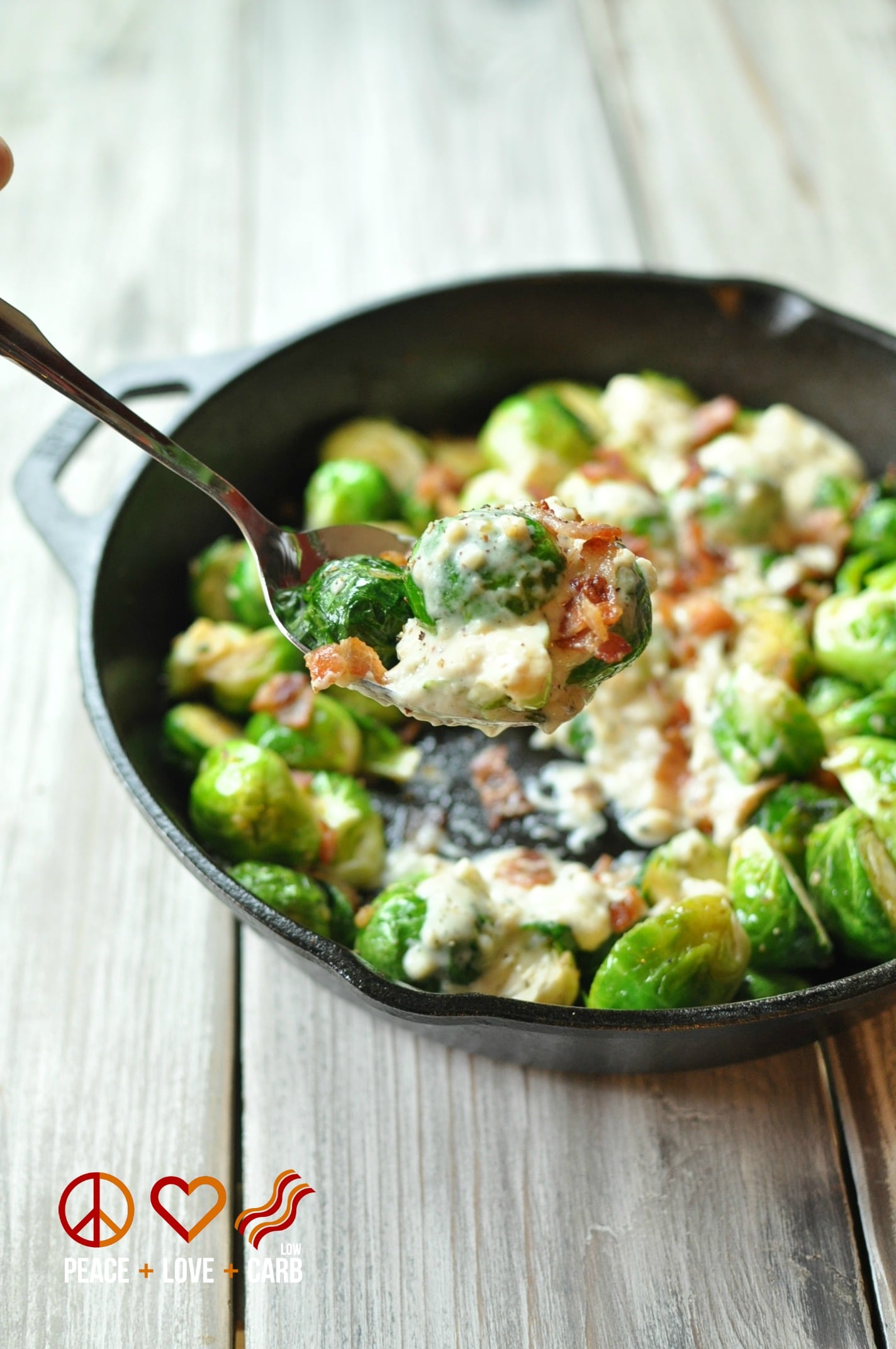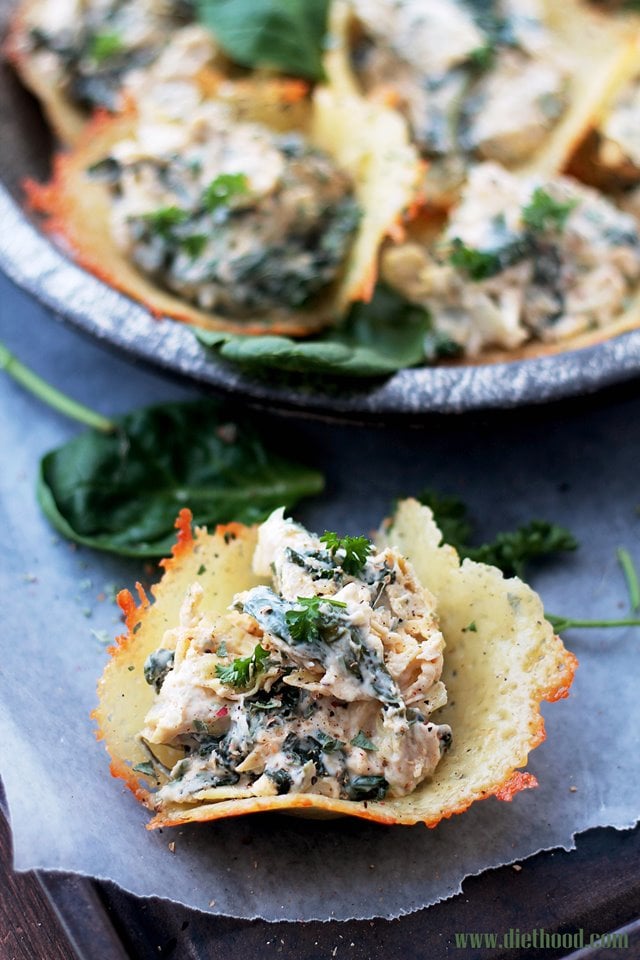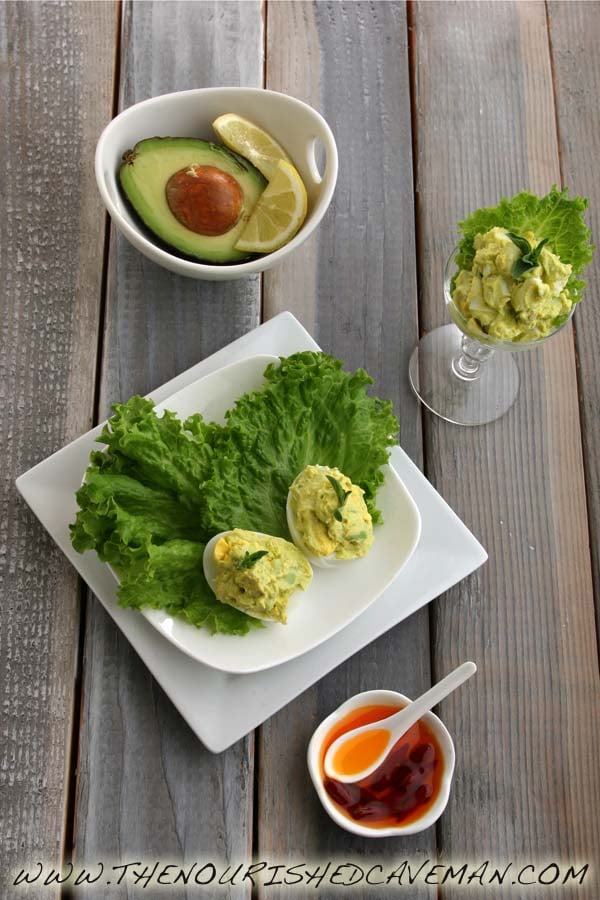New year, new eating plan! I plan on spending 2016 in a state of blissful Ketosis. What is Ketosis you ask? To keep it super simple, it is when you limit carbs so that your body burns fat for fuel instead of carbohydrates. When you are in ketosis you feel less hungry and at least in my case, you are full of energy.
For me this goes beyond just wanting to slim down (although that is one of my goals), but my primary goal is to reduce overall inflammation in my body. I have 2 autoimmune disorders: Psoriasis and Psoriatic Arthritis I have been battling these for over ½ my life (one day I will write a blog specifically about this journey), but one thing I have found for sure is that seriously limiting carbs and sugar from my diet makes a huge difference.
In fact there is a lot of evidence that a Ketogenic lifestyle can also help people who have seizures, epilepsy, cancer, chronic systemic yeast, and diabetes. So if you fall into any of those categories I would encourage you to do some research and see if this might be helpful for you.
I was originally encouraged to ditch the sugar and carbs about 8 years ago by a doctor I was seeing for acupuncture to help with my autoimmune disorders. So I followed the Atkins Diet and ended up feeling much better. I have continued to stay relatively low carb and gluten free through the years, but recently have felt like I wasn’t doing enough and it was time to get strict with my diet and pay more attention to exactly what I am putting in. So I chose Keto! It is basically the same as the Induction Phase of Atkins. Induction is the strictest phase, recommending 20g of carbs per day. The difference is that with Keto you stay at this level forever! I am staying at 20g, but different articles you read say you can go up to 50g- all just depends on your body I suppose.
In my opinion it is a fairly easy diet to follow if you like meat, eggs, fatty dairy, and certain veggies. The hardest part is the first few days. You can feel the sugar kicking and screaming out of your body and it isn’t fun. Since I started at the beginning of the year there were a lot of evil Christmas treats still lingering in my body so I had a dull headache and low energy. But by day 4 I felt amazing!
I use the Carb Manager app just to make sure I am on track with achieving somewhere near 70% fat, 25% protein and 5% carbs. Eventually I won’t need it because I’ll know what I need to eat to keep the right balance but for now it is reassuring and kind of fun for me to see visually what I’m doing. I know that seems like a lot of fat and it is! But changing the way you typically eat can make a huge difference, particularly for those with medical issues like myself.
You might be wondering what exactly can you eat on this plan?! Think about it this way, if it is in the middle aisles of the grocery store- you CAN’T eat it. If it is around the perimeter of the grocery store - you MIGHT be able to eat it. I skip the middle entirely, because it is not worth the temptation. This Keto Diet Food Pyramid does a great job of graphically breaking down the “Keto Food Groups”.
Nuts, seeds, berries
Lower-carbohydrate fruits include strawberries, blueberries, blackberries. My absolute favorite berry is something you probably don’t think of as a berry at all… the AVOCADO! It is technically a single-seeded berry. Avocados provide rich amounts of fiber, antioxidants, such as vitamin E, and heart-healthy fat.
I don’t eat a lot of nuts. They can be high in inflammatory Omega- 6s. This includes almonds, walnuts, pine nuts, and oils like sunflower and corn. If I were going to eat nuts it would be Macadamia nuts which have healthy fats.
Raw, Full Fat Dairy
Dairy products are valuable sources of calcium, vitamin D and protein. Much of the fat in classic ketogenic diets derive from high-fat dairy products, such as cream cheese, sour cream, butter and heavy whipping cream. You can also get your dessert fix by mixing cream cheese or cream with Stevia. And then who can forget CHEESE! I need to try and slow my roll with cheese, but it is SO GOOD! Cheddar, mozzarella, brie etc…
Vegetables (and just say no to Nightshades)
The best choices for vegetables are those that are high in nutrients and low in carbohydrates, so of course anything dark and leafy scores high (kale, spinach). Also veggies that grow above ground like lettuce, cucumbers, brussel sprouts and cauliflower. Sweeter veggies should be avoided (carrots, squash, onions, peppers). Which leads me to Nightshades. I had never heard the term Nightshades until I started researching the Keto lifestyle, but there is a lot of talk about them online because it seems that they can trigger a variety of chronic conditions such as arthritis, fibromyalgia and IBS. This include tomatoes, eggplant, red and white potatoes, and all peppers.
Lean Meat and Fish
You need to be careful not to eat too much protein when you are following a keto diet, because it can kick you out of ketosis. But the easy protein options include chicken of course and lean fish like cod, catfish, mahi mahi, and tuna (a full list can be found here: http://www.berkeleywellness.com/healthy-eating/food/article/types-fish)
Fatty Meat and Fish, organ meats, eggs
Bacon! My favorite food group:) Uncured of course. Steak, lamb, and pork are examples. I stay away from organ meats all together… yuck! But to each his own.
Fatty fish is defined as fish with over 5% fat by weight and includes anchovies, eel, salmon, and chilean sea bass (a full list can be found here: http://www.berkeleywellness.com/healthy-eating/food/article/types-fish). I eat lots of salmon!
Healthy fats and oils
This includes denser fat sources, such as butter and mayonnaise as well as flaxseed, canola or olive oil. Saturated and monounsaturated fats are more chemically stable and less inflammatory in people so they are preferred.
Herbs and spices
Stay away from pre-mixed spices, they have sugars added to them. Sea salt is better than table salt. Beyond that fresh herbs are always best and then stick to the individual spices and make your own mixes without the unnecessary sugar.
Water!
I am a huge water person. Drink your water!!! I drink anywhere from 100oz to 130oz a day normally and I think I may even need to up that a little. It is extra important to drink a lot of water on a keto diet because it has a natural diuretic effect. I don’t drink coffee, but a lot of people do and some do that bulletproof coffee or mix coconut oil into their coffee to get some extra fats in.
As you can see there are plenty of options and you can make a lot of delicious meals with these ingredients. It is definitely a challenge, especially if you have family members in your house who are not following this plan (like I do). Because temptation is everywhere! But in my experience if you can stick with it for a few weeks you will start seeing results very quickly and that always makes it easier to stay on track.
It is also easier if you like to cook because there are a lot of great Keto and low carb recipes out there, I have a whole Pinterest board of them on my personal Pinterest page. Here are a few I came across recently that I will definitely be testing out in my own kitchen! Click on each to link to original recipe.
Skillet Roasted Bacon Brussel Sprouts with garlic Parmesan cream sauce
Jalapeno Popper Egg Cups
Spinach and Artichoke Dip with Parmesan Cups
Bacon and Guacamole Fat Bombs
Avocado Deviled Eggs
If any of you have had any of your own experiences with going Keto, especially if you are also suffering from autoimmune disorders or other medical challenges, I would love to hear your story! As for me, I will definitely continue to share as I learn more and start seeing some real results!







